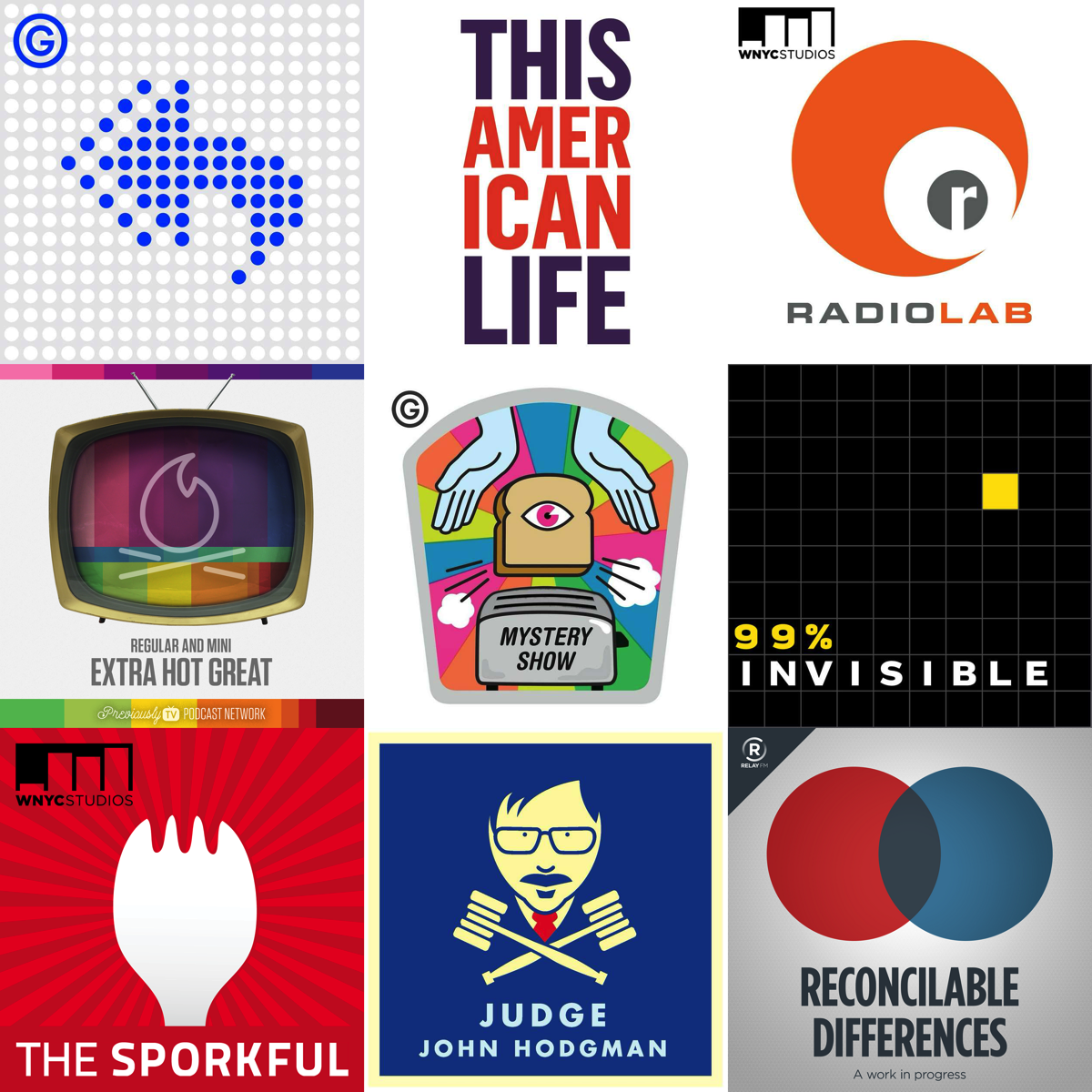If media competed to see who had the best year of culture, television by far dominated 2015. In the era of Peak TV, there was so much good television. Not being a professional television critic, I haven’t watched everything that’s made year-end top lists, or even everything that I want to watch. (The Leftovers, I’m looking in your direction.)
Instead of a top 10, 2015 deserves at least a top 25, so here’s a top 26:
26. The Man in the High Castle
Like many science fiction novels, The Man in the High Castle builds an amazing world, tells interesting stories and has weak characters at the center. Juliana, Frank and Joe are not interesting characters. Not only would Juliana’s and Frank’s relationship be better if they communicated better, but they would be more compelling protagonists for the story. But the world building is tremendous, if bleak, and the last few episodes were good enough that I decided to expand the list by one to include it.
25. UnREAL
Who would have expected a show on Lifetime to be this good?
24. Parks and Recreation
Even though NBC burned it off two episodes at a time, this is still one of the best comedies of all time. If this season gave us nothing else than “Leslie and Ron”, dayenu.
23. Orange is the New Black
This may not have been OITNB’s best season, but it gave us the cult of Norma, Black Cindy’s conversion, and The Time Hump Chronicles. Plus, the sequence of the prisoners all swimming in the lake (Cindy’s mikvah), redeemed any time we wasted on Piper and the unreasonably hot Australian.
22. Key and Peele
This last season of K&P may have been darker and not been as easily YouTubed as Luther or the East/West Bowl, but it’s still one of the all-time top tier sketch shows. Aside from Chappelle’s Show, Key & Peele is the single best comedy about race in America in the 21st century, which was very timely and necessary this year.
21. Game of Thrones
I am optimistic about Game of Thrones outpacing the Song of Ice and Fire novels and look forward to watching without comparing every event in the show to the books. Nothing on television is ambitious as Game of Thrones, even if 10 episodes is not enough to give all of the characters their due in this sprawling story.
20. Unbreakable Kimmy Schmidt
Unbreakable! We alive damnit, it’s a miracle! The theme song along might be enough to make this list. The rest of the show is wonderful. I can’t believe that NBC couldn’t build a comedy block around the final season of 30 Rock and the first season of this show. But the shift to Netflix probably helped, because this was the easiest show of the year to binge watch. This show ably fills a 30 Rock sized hole in my TV viewing.
19. Inside Amy Schumer
12 Angry Men Inside Amy Schumer may have been one of the best high-concept episodes of television this year. But then each episode had something at least as viral. Did anyone have a better year than Amy Schumer?
18. Review
As amazing, wonderful and weird as the first season of Review was, this second season was even darker, weirder and found new ways for Forrest McNeil to commit to reviewing life while ruining his own.
17. Mr. Robot
Mr. Robot may be one of the few shows that gets computers anywhere close to right. Beyond that, it also had one of the absolute best bonkers episode to peel back layers. Rami Malek’s performance is electric and captivating.
16. Veep
Veep is simply one of the fastest and funniest comedies on television. It does farce as well as any show.
15. Silicon Valley
If anything, Silicon Valley may be less ridiculous than the actual Silicon Valley culture. What makes Silicon Valley so good is that it just doesn’t make fun of these things, it tells stories about characters in a ridiculous environment.
14. Justified
I gave up on season 5 of Justified. I still haven’t finished it. But this final season of Justified may have been the show’s best season other than season 2. Justified managed to close out with a good finale for a great show.
13. Better Call Saul
I’m not sure that this is the show that I expected when a Breaking Bad spinoff about Saul Goodman was announced. But it defied my expectations in a good way. Better Call Saul was deeper and more poignant than I expected with a standout dramatic performances by Bob Odenkirk and Jonathan Banks. Like Breaking Bad, it uses Albuquerque’s light to create a look unlike anything else on television, but with its own unique visual style.
12. Broad City
I may not have enjoyed any sequence as much as the visit with Val in FOMO.
11. Jessica Jones
This is the most Buffy show on television since Buffy, centering around a small woman with superpowers and using those superpowers to heighten stories about life. But Jessica Jones does what season 6 of Buffy wanted to do with telling a dark story and succeeds. Unfortunately, while Game of Thrones needs 13 episodes per season to tell all of its stories, Jessica Jones probably would have been better with 10. Krysten Ritter kills it at selling how Jessica is broken and David Tennant twists his Doctor just a little bit to become a creepy villain who is a stinging indictment of male privilege and rape culture.
10. The Jinx
If Jessica Jones’ Kilgrave is the most compelling fictional villain of this year of television, Robert Durst was the most compelling real life villain. The final moments of the series were among the most compelling moments of television this year. Chilling.
9. You’re the Worst
I came to this series late and binged the first ten episodes of this season back-to-back Thanksgiving weekend. This second season went dark and exported depression in an honest and powerful way. It was raw, honest, and funny.
8. Master of None
If there was any doubt that television in the 2010’s is having a moment like film in the 1970’s, Aziz Ansari’s hyperlocal series takes much inspiration from 1970’s film. It’s also funny, poignant, and beautifully filmed.
7. Halt and Catch Fire
Towards the end of the first season, Halt and Catch Fire got good. In the second season, it leveled up by focusing on Donna and Cameron and put Kerry Bishe and MacKenzie Davis front and center. The show has a great sense of time and place, even if it wants to look at computing in the 80’s with a too-knowing understanding of where it will be going. I’m glad to see this coming back for a third season.
6. Last Week Tonight
John Oliver on HBO is even better than The Daily Show with John Oliver would have been. Having a week between episodes allows Last Week Tonight to go deep into issues. Last Week Tonight reports on world news that American news media fails to cover, and somehow manages to both be funny and have a point of view. Comedy and political engagement are not mutually exclusive.
5. Transparent
The only series to make this list of which I haven’t yet finished the current season. But the cold open of the first episode of the season alone justifies placement near the top of any list. Transparent is so raw and real and beautiful.
4. Mad Men
No show on this list rewards watching weekly as much as Mad Men. Each episode invites and deserves intense critical analysis and deep discussion. However, the final season suffered from being split into two short seasons. The upside of that is Jon Hamm won an Emmy, but the downside is that the pacing of the arc was off from the standard 13 episode season. The final few episodes suffered from leaving Don off on walkabout without interacting with the rest of the core cast. Mad Men stands as one of the best television series of all time.
3. BoJack Horseman
An animated show about a talking horse-man who was a sitcom star in the 90’s is also the most poignant show on television about depression and emotion.
2. The Americans
Perhaps the tensest show on television, The Americans succeeds by making a classic Cold War spy story primarily one about marriage and family. The Americans follows characters along their journey and plot arises from the characters. The Americans does a great job of finding locations in the NYC metro area to look like Washington DC in the 80’s.
1. Fargo
Fargo season two used a different time setting, visual style and cast than season one (or the Coen Brothers film), and yet, managed to be wonderful. Patrick Wilson was not only a great lead, but believably a younger version of Keith Carradine’s Lou Solverson from the first season. Bruce Campbell’s appearance halfway through the season was brilliant, as were Bokeem Woodbine, Jean Smart, Nick Offerman, Jeffrey Donovan, Jesse Plemons and Kirsten Dunst.
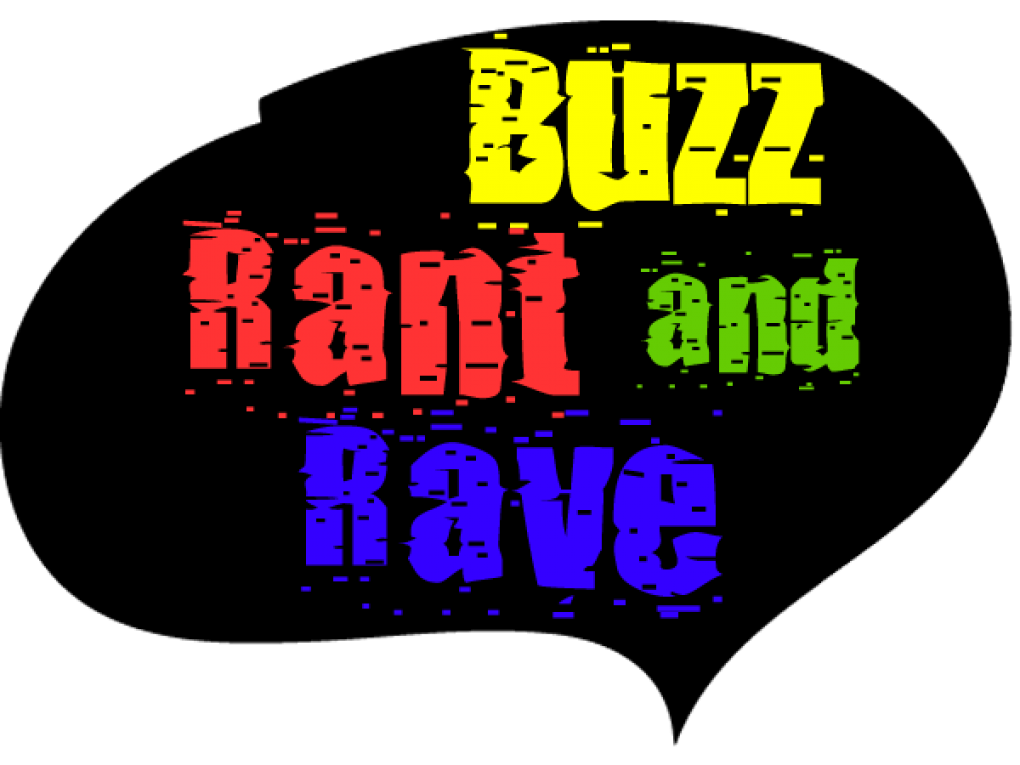
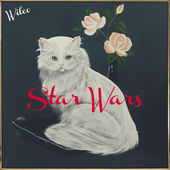 I’m not sure that this is Wilco’s strongest outing, but when it dropped by surprise this year, I enjoyed it. More importantly, it led me to revisit Wilco’s catalogue. They’ve never been one of my absolute favorite artists, but Yankee Hotel Foxtrot is one of my favorite albums and whenever I dive in to their catalog, I remember how great they are as a band.
I’m not sure that this is Wilco’s strongest outing, but when it dropped by surprise this year, I enjoyed it. More importantly, it led me to revisit Wilco’s catalogue. They’ve never been one of my absolute favorite artists, but Yankee Hotel Foxtrot is one of my favorite albums and whenever I dive in to their catalog, I remember how great they are as a band. 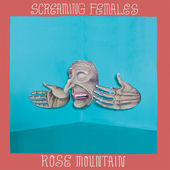 A more polished studio effort that doesn’t skimp on the guitar. Rose Mountain is a solid album with some good songs from Screaming Females.
A more polished studio effort that doesn’t skimp on the guitar. Rose Mountain is a solid album with some good songs from Screaming Females. 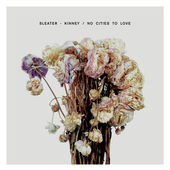 If this is what Sleater-Kinney came up with after a seven-year hiatus, more bands should take long breaks. This record showcases everything that’s awesome about Sleater-Kinney and turns it up a notch with some of their best, catchiest songwriting. There aren’t any weak songs on here.
If this is what Sleater-Kinney came up with after a seven-year hiatus, more bands should take long breaks. This record showcases everything that’s awesome about Sleater-Kinney and turns it up a notch with some of their best, catchiest songwriting. There aren’t any weak songs on here. 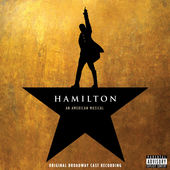 This is the first time I have ever considered a Broadway cast recording to even be in consideration for my favorite albums of the year. It’s probably the first time I have listened to a cast recording this much ever. As a piece of art, Hamilton stands out as the single standout work of the year and is one of the most significant pieces of American culture ever. Perhaps hyperbolic, but Hamilton is particularly relevant today. The question of the role of immigrants in American culture is as heated today as it has been s many other times in American history. The the fight over the extent of states’ rights within the republic and the American economy continues today along many of the same lines as the conflict between the Hamiltonian and Jeffersonian visions of America. The work is not only dense and rewards careful unpacking, as the entire musical rewards deep analysis with references backwards and forwards thematically throughout the show. This is also the first successful hip-hop Broadway musical. Besides that, the songs are tremendously catchy. Hamilton should stand as one of the best pieces of American culture not just of 2015, but of the entire 21st century.
This is the first time I have ever considered a Broadway cast recording to even be in consideration for my favorite albums of the year. It’s probably the first time I have listened to a cast recording this much ever. As a piece of art, Hamilton stands out as the single standout work of the year and is one of the most significant pieces of American culture ever. Perhaps hyperbolic, but Hamilton is particularly relevant today. The question of the role of immigrants in American culture is as heated today as it has been s many other times in American history. The the fight over the extent of states’ rights within the republic and the American economy continues today along many of the same lines as the conflict between the Hamiltonian and Jeffersonian visions of America. The work is not only dense and rewards careful unpacking, as the entire musical rewards deep analysis with references backwards and forwards thematically throughout the show. This is also the first successful hip-hop Broadway musical. Besides that, the songs are tremendously catchy. Hamilton should stand as one of the best pieces of American culture not just of 2015, but of the entire 21st century. 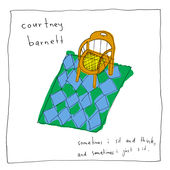 If I’m as effusive about Hamilton, why is it not my number one album of the year? While it stands alone masterfully as an album, it’s still a show and the album doesn’t capture everything about it. This album may not be as powerful of a work of art, it is by far my favorite of the year. Courtney Barnett’s wordy lyrics capture a particular slice of life in a way that is unexpected, but makes sense. I have a particular fondness for singers who have a delivery that borrows as much from talking as speaking. Each song on this album tells a vivid story, and also happens to be catchy. The album has a nice pacing and arc.
If I’m as effusive about Hamilton, why is it not my number one album of the year? While it stands alone masterfully as an album, it’s still a show and the album doesn’t capture everything about it. This album may not be as powerful of a work of art, it is by far my favorite of the year. Courtney Barnett’s wordy lyrics capture a particular slice of life in a way that is unexpected, but makes sense. I have a particular fondness for singers who have a delivery that borrows as much from talking as speaking. Each song on this album tells a vivid story, and also happens to be catchy. The album has a nice pacing and arc. 